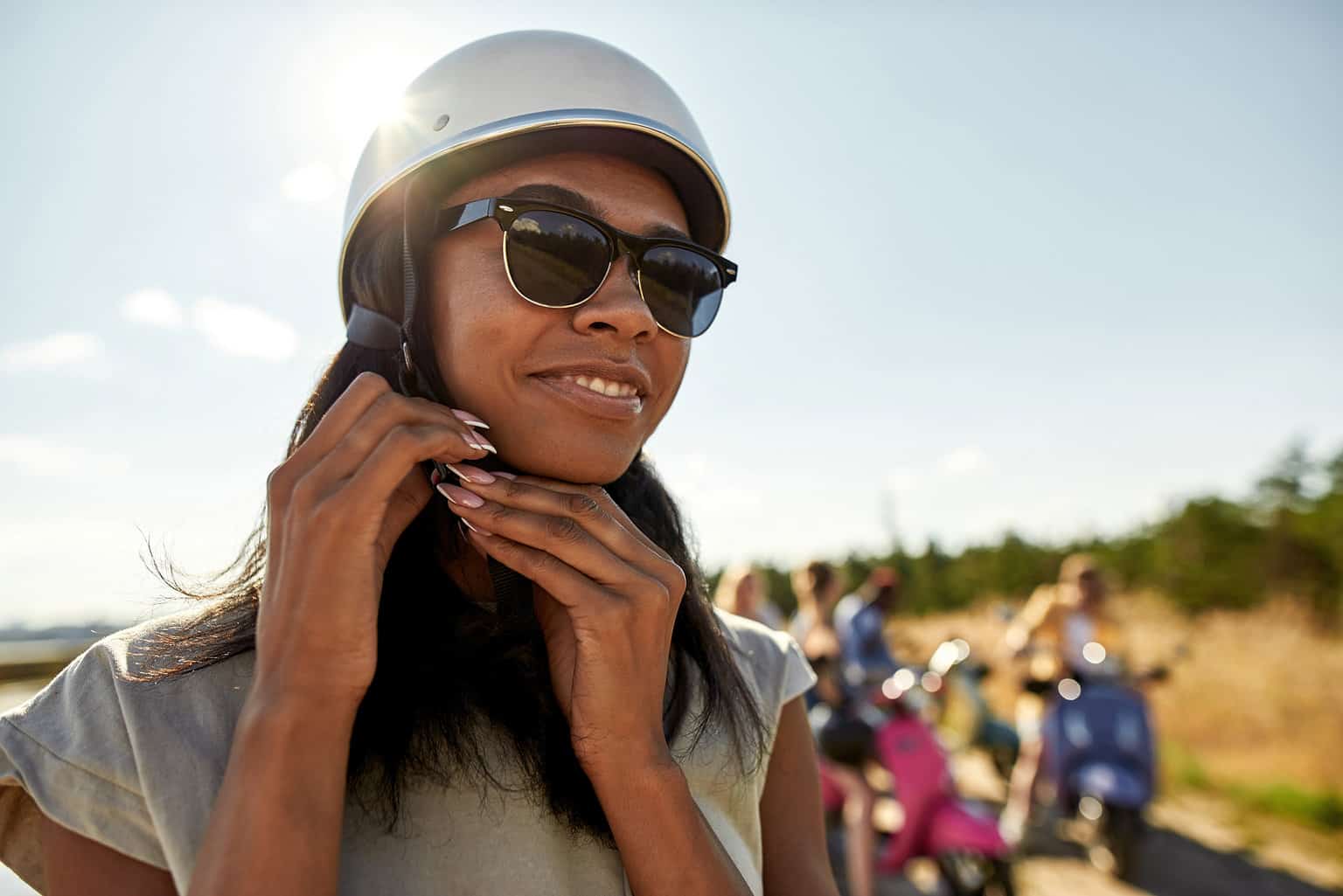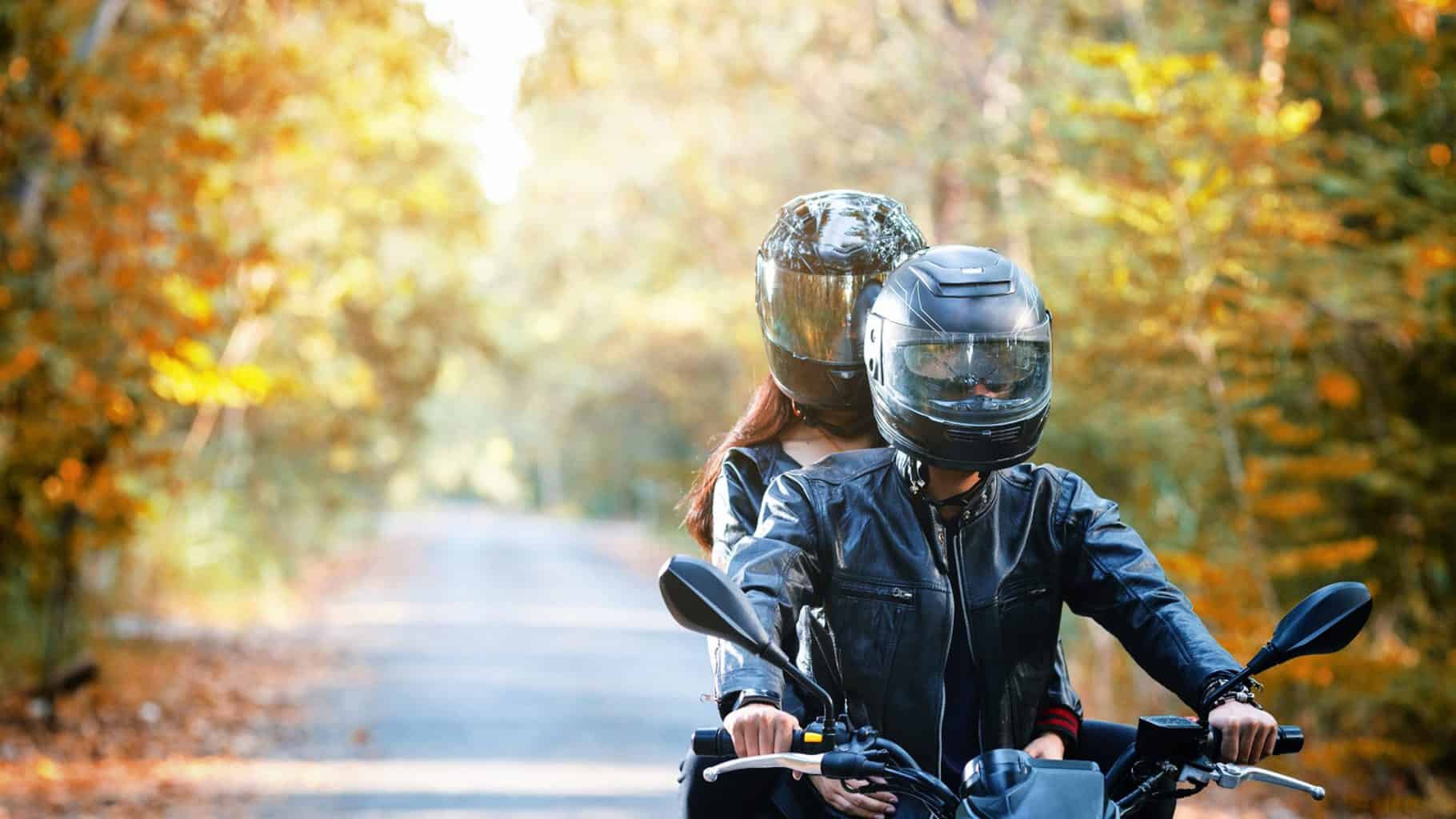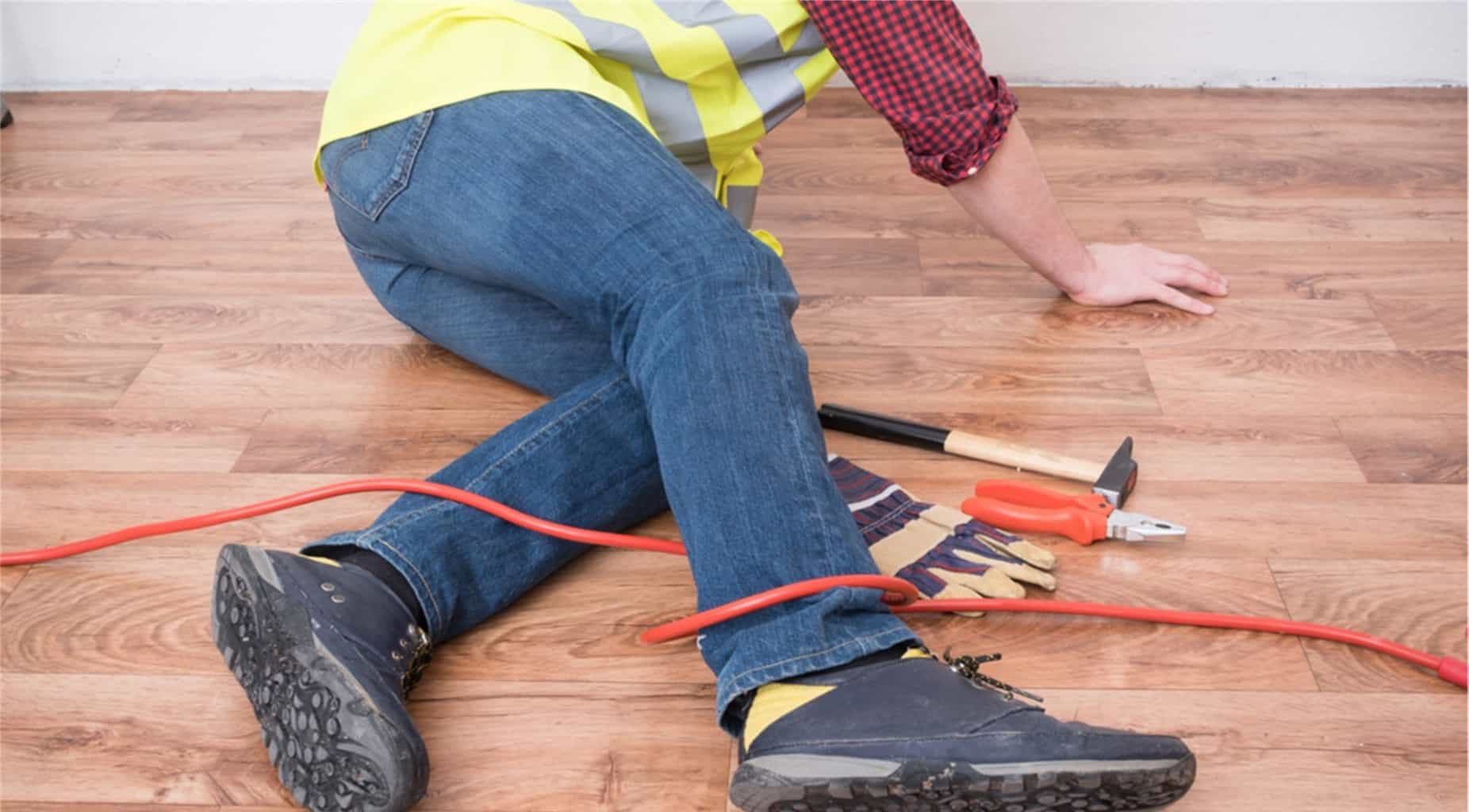
Brain Injury Prevention
While not all brain injuries can be avoided, there are steps you can take to reduce your risk and minimize the impact if one does occur. For activities not listed below, be sure to utilize safety equipment, be alert and aware, and practice common sense.
Adult Fall Prevention
Falls are the number one reason people sustain a TBI. Following these rules will reduce your risk.
- Use handrails on stairways
- Remove tripping hazards, like rugs and decorations or clutter in walkways or on stairs
- Be alert, don’t walk or use stairs while looking at your phone
- Use extreme caution when walking outside where there might be snow, ice or uneven surfaces
- Be in control of your body; falls are more likely to occur while someone is impaired by alcohol or drugs and injuries are likely to be more significant
- Use nightlights or a flashlight if the house is dark
- Give a moment before you get up; getting up too quickly can lead to dizziness and loss of balance
- Always, always ensure solid footing before getting on a ladder. And if you’re balance isn’t as good as it used to be, leave the out of reach house projects to someone else.
- Improve your strength and balance. Many communities offer classes for this. For a list of courses in Minnesota visit yourjuniper.org
Fall Prevention Videos
Watch the videos below to learn simple steps you can take to prevent falls; both at home and while you’re out and about.
Motor Vehicle Safety
Motor vehicle crashes are a leading cause of TBI-related deaths for youth and young adults. There are many steps you can take to make travel by vehicle safer for yourself and those around you.
- Never drive or ride with anyone who is impaired by alcohol, medications or other drugs
- Wear a seatbelt every time, and make other passengers buckle up too
- Ensure children are in the proper restraints for their age. Visit the MN Department of Public Safety’s page on Child Passenger Safety to learn more.
- Drive alert; map your drive before you head out and skip the text until you arrive safely
- Slow down, especially in wet or wintry weather
- Learn more on our Trauma Prevention Program Traffic Safety site, including information specific to teen and older driver safety
Motorcycle Safety
- Always, always wear a helmet. A face shield or protective eyewear is also recommended for extra protection.
- Wear appropriate gear. Leather jackets don’t just look cool, they protect the skin from road rash in the event of a crash or tip over.
- Follow traffic rules
- Ride defensively
- Keep your riding skills honed through a riding education program
- Ride well rested and sober
- Ensure your bike is prepared for the ride with regular maintenance
- Click here for all you need to know about Motorcycle Safety from the National Highway Traffic Safety Administration
Biking Safety
Biking can be a wonderful activity for all ages when done safely.
- Ensure all bikers and bike passengers wear a helmet that is in good condition and fits properly. Replace any helmet that has had impact during a crash, and inspect before each use for cracks in the foam. Tips on how to ensure the proper fit can be found on the MN Safety Council Bicycle Helmet website.
- Obey traffic laws
- Use extra caution when it is getting dark, or if there is any other reason you might be hard to see. Use bike lights and wear reflective gear
- Assume new bikers will make mistakes; avoid biking near busy roads where those mistakes could be costly
Pedestrian Safety
- Cross streets at a corner, use traffic signals and crosswalks where available and teach kids this important skill too
- Always look left, right, and left again before crossing a street; and keep watching as you cross
- Be especially careful at intersections, where drivers may fail to yield the right-of-way to pedestrians while turning
- Make eye contact with drivers when crossing busy streets
- Carry a flashlight and wear bright colors or reflective clothing if you are walking at night
- Walk on the sidewalk whenever possible. If sidewalks are not available, walk facing traffic on the edge of the road, as far from the travel lane as possible
- Walk defensively and be ready for unexpected events
- Avoid alcohol and drugs as they can impair your ability to walk safely
- Use all of your senses when crossing, this is a good time to take out the earbuds and put the phone away
- Adults should supervise children when crossing the street. Smaller children may be difficult for drivers to see and young children may not be able to judge whether it is safe to cross
Safety in Sports
Different sports and activities involve different levels of risk. And though there is no way to remove risk completely, there are ways to minimize it and to play more safely, at any age.
- Ensure age appropriate sports and activities at all ages. Consider the size of the individual and others involved, decision making capacity, and level of supervision.
- Participate in activities that follow approved protocols to reduce injury risk
- Always wear appropriate safety equipment. Helmets, pads, mouth guard, restraints. Make it standard that these are worn every time. Also ensure that the equipment is in good condition, fits properly, and hasn’t been damaged.
- Learn the signs and symptoms of a concussion and know when to remove from play. The CDC’s HEADS UP to Youth Sports campaign has good info for players, coaches, and parents.
- If you’ve sustained a brain injury or think you may have, be sure to follow doctor’s orders and avoid doing anything that raises your chances of getting another until you are given the all clear.



Visit our Trauma Prevention Program page for more information, resources and tips. As a Level I Adult Trauma Center and Level I Pediatric Trauma Center, Hennepin Healthcare is committed to treating trauma patients, and providing proactive trauma prevention programming to patients, clients, and the broader community.
Visit our Traumatic Brain Injury Center, or call 612-873-3284 to speak with the Traumatic Brain Injury Center Coordinator to learn more.
If you are interested in learning more about our Traumatic Brain Injury Outpatient Program, visit our page or call 612-873-9494 with questions or to schedule.
For information about brain injury in children, visit our Pediatric Brain Injury Program webpage, or call the Traumatic Brain Injury Program Coordinator at 612-873-3284.

